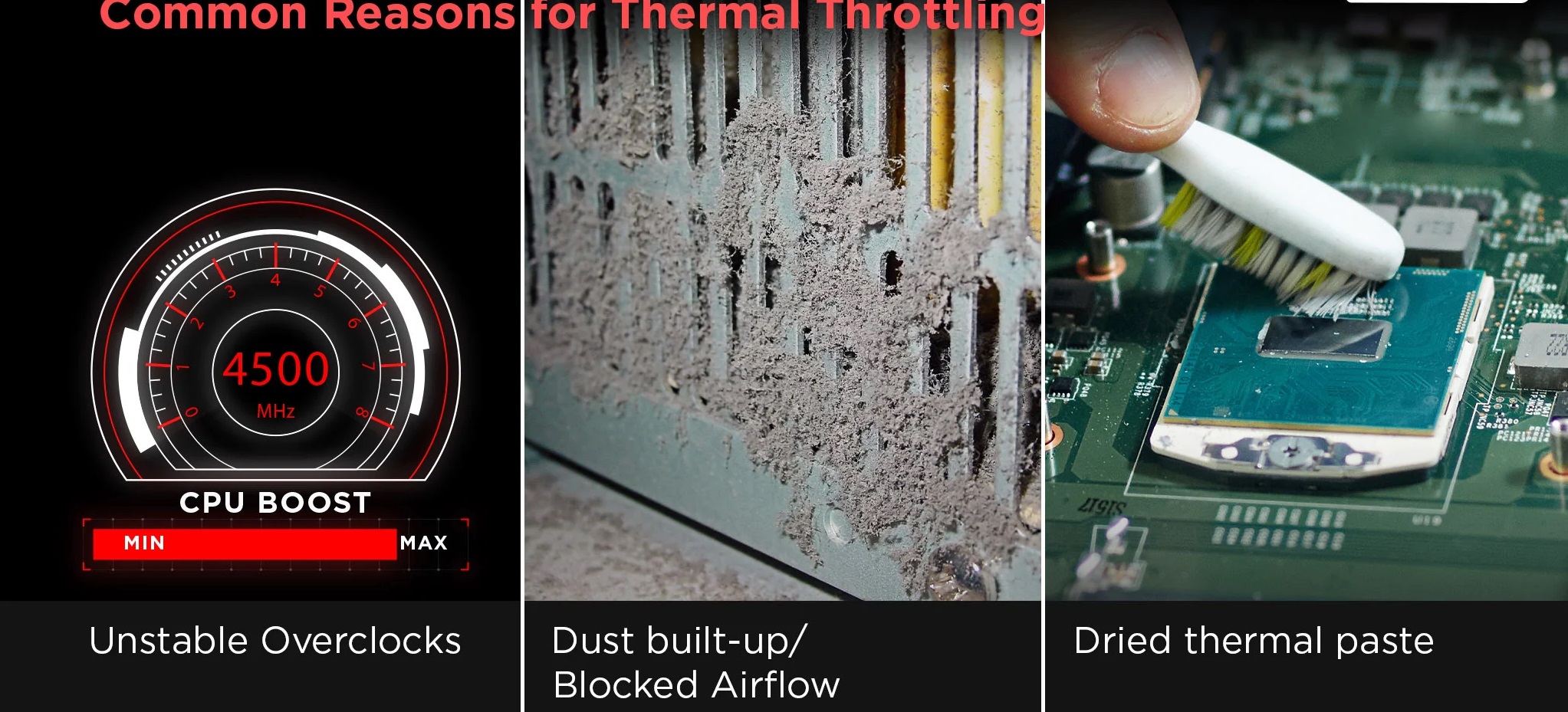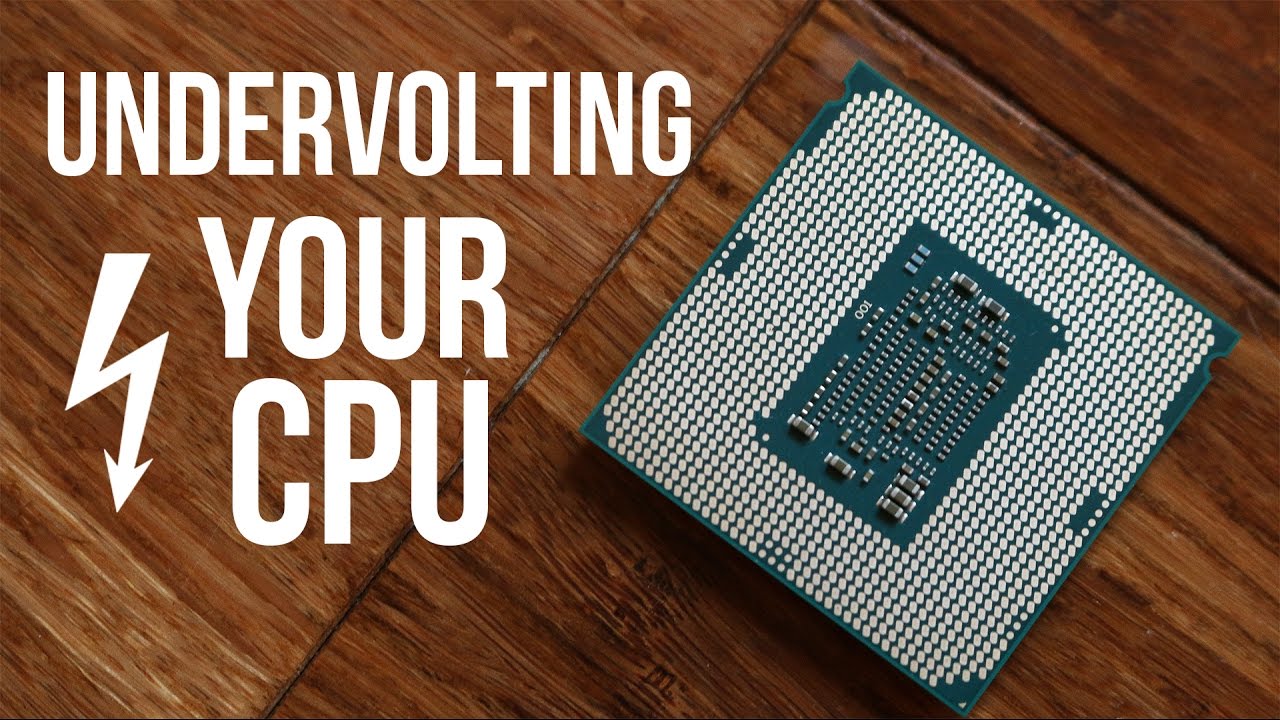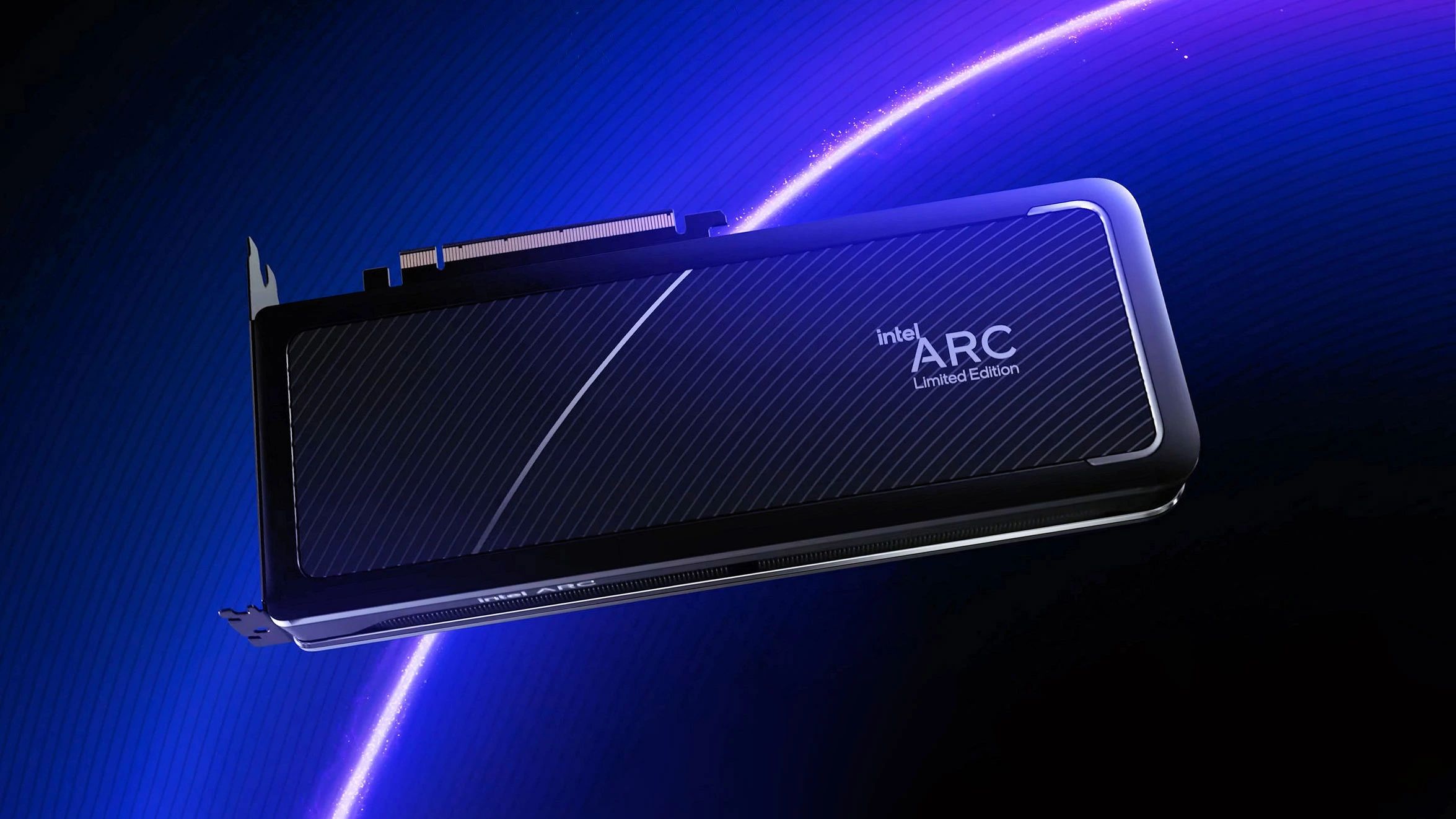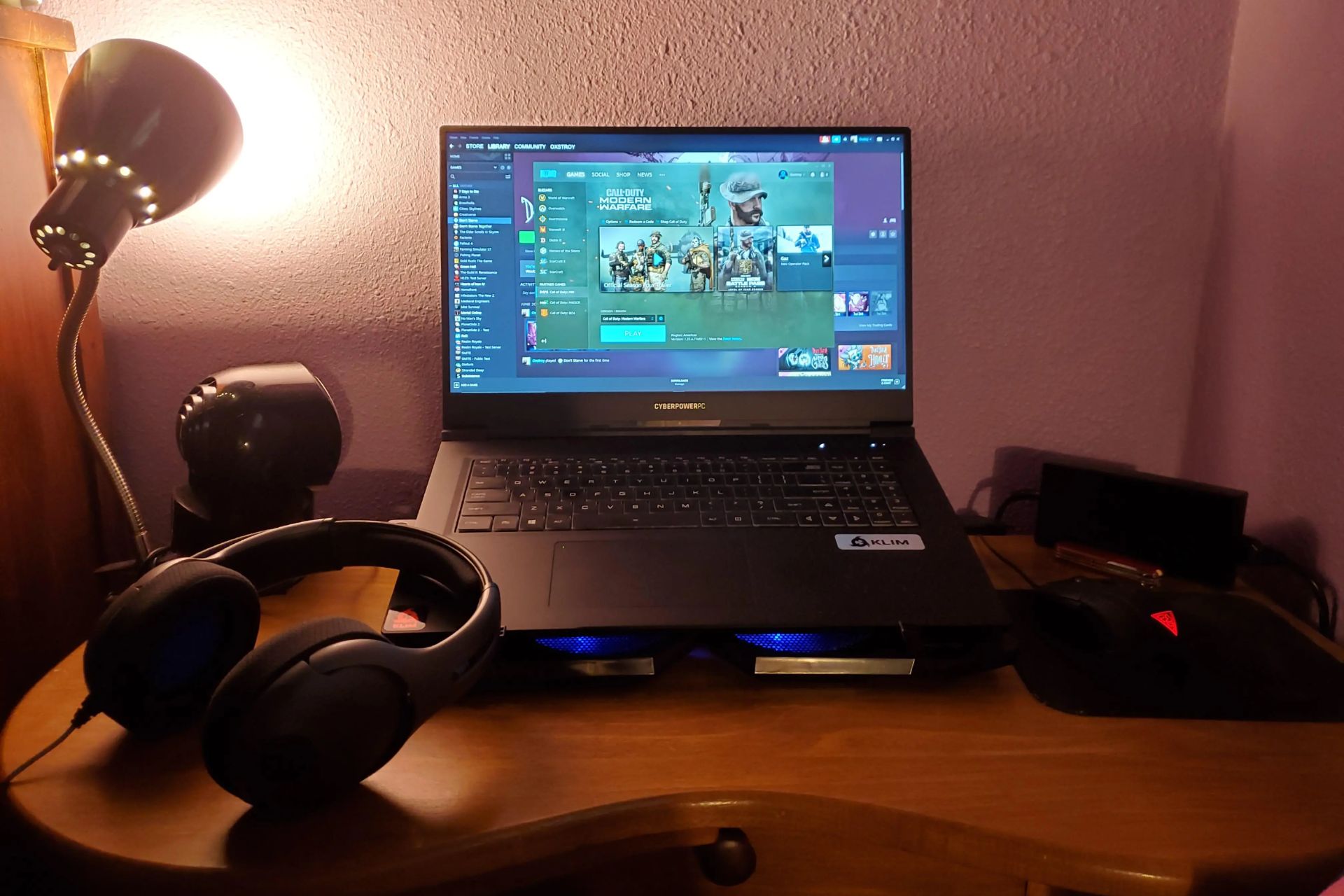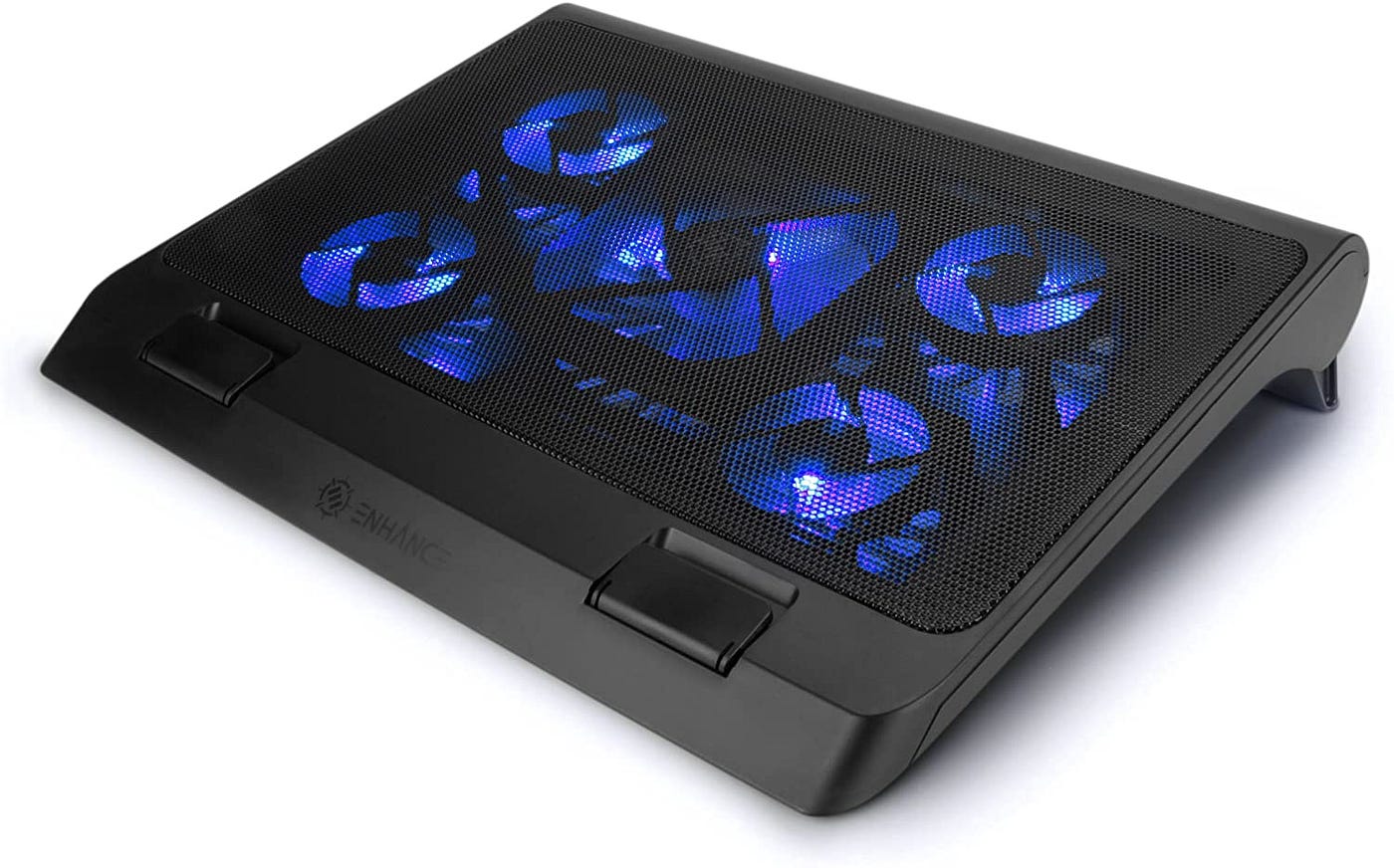Introduction
Laptop computers have become an integral part of our daily lives, allowing us to work, study, and stay connected on the go. These portable devices have come a long way in terms of power and performance, with processors that rival traditional desktop computers. However, as laptops have become more powerful, they have also faced challenges in terms of heat generation and energy consumption.
This is where CPU throttling comes into play. CPU throttling is a technique used by laptop manufacturers to control the performance of the central processing unit (CPU) to manage heat generation and power consumption. It effectively regulates the speed at which the CPU operates, ensuring that it does not exceed safe temperature limits or drain the battery too quickly.
In this article, we will explore why laptop computers use CPU throttling techniques. We will examine the reasons behind CPU throttling, the different techniques used, and the potential drawbacks of this practice. By understanding the importance and implications of CPU throttling, you can make informed decisions when purchasing or using a laptop computer.
So, let’s dive in and explore the fascinating world of CPU throttling in laptop computers.
Definition and Explanation of CPU Throttling
CPU throttling refers to the technique used by laptop computers to restrict the performance of the CPU in order to manage heat generation, power consumption, and maintain a balanced system operation. It is a dynamic process that adjusts the CPU clock speed and voltage based on the workload and environmental conditions.
When a laptop is subjected to heavy computational tasks or encounters high ambient temperatures, the CPU tends to generate excessive heat. If left unchecked, this heat can damage the internal components and negatively impact the device’s performance and reliability.
CPU throttling acts as a safeguard, preventing the CPU from reaching dangerous temperature levels by reducing its clock speed. By reducing the clock speed, the CPU produces less heat, allowing the cooling system of the laptop to dissipate the heat effectively.
Another aspect of CPU throttling is power management. By throttling the CPU, the laptop can conserve energy and extend battery life. When the system is under minimal load or when running on battery power, the CPU can reduce its clock speed to minimize power consumption. This energy-saving feature allows users to work on the go for extended periods without draining the battery rapidly.
Furthermore, CPU throttling helps in maintaining a balanced system operation. By dynamically adjusting the CPU performance, laptops can find an optimal balance between processing power and energy efficiency. This ensures that the system is responsive and efficient, delivering smooth performance while keeping resource usage in check.
The implementation of CPU throttling techniques varies among laptop manufacturers. Some laptops employ passive cooling methods, such as reducing the clock speed to regulate temperature, while others utilize active cooling solutions, like increasing fan speed or applying direct heat dissipation techniques.
In the following sections, we will explore the reasons behind CPU throttling in more detail, covering the aspects of heat management, power conservation, and performance optimization.
Reasons for CPU Throttling
CPU throttling in laptops serves various purposes, each aimed at ensuring the optimal performance, longevity, and efficiency of the device. Let’s delve into the key reasons behind the implementation of CPU throttling techniques:
1. Heat Management and Overheating Prevention: One of the primary reasons for CPU throttling is to manage heat generation and prevent the laptop from overheating. When the CPU is under heavy loads or exposed to high ambient temperatures, it can rapidly heat up. CPU throttling controls the clock speed and voltage of the CPU to regulate heat dissipation and prevent critical components from sustaining damage due to excessive heat.
2. Power Conservation and Battery Life Extension: Laptops are designed to be portable, and conserving power is essential for ensuring longer battery life. CPU throttling techniques aid in reducing power consumption by adjusting the CPU clock speed based on the workload. By operating at lower clock speeds during lighter tasks, laptops can maximize their battery life, allowing users to work for longer hours without the need for frequent recharging.
3. Performance Balance and Optimization: CPU throttling aims to strike a balance between performance and energy efficiency. By dynamically adjusting the CPU performance to match the workload, laptops can optimize their resources. This ensures that the laptop delivers the required processing power for demanding tasks while conserving energy during lighter usage scenarios. The result is a more responsive and efficient system that can handle a variety of tasks without compromising performance or battery life.
4. Temperature Threshold Control: CPU throttling techniques allow laptop manufacturers to set temperature thresholds at which the system adjusts the CPU performance. By determining safe operating temperatures, laptops can proactively control the clock speeds to avoid reaching critical temperatures that may lead to system instability or hardware failure. This feature provides a safeguard for the device and helps maintain its overall performance and reliability.
By incorporating CPU throttling into their laptop designs, manufacturers can address the challenges of heat management, power conservation, and performance optimization. These techniques play a vital role in enhancing the user experience, prolonging battery life, and protecting the longevity of the hardware.
Heat Management and Overheating Prevention
Heat management is a critical aspect of laptop performance and longevity. As laptops become thinner and more powerful, managing heat becomes a challenge. CPU throttling techniques are implemented to prevent overheating and ensure the optimal operation of the device.
When a laptop is under heavy computational loads or exposed to high ambient temperatures, the CPU generates a significant amount of heat. This heat can damage internal components, lead to system instability, and even cause the device to shut down to protect itself. CPU throttling comes into play to regulate the CPU’s clock speed and voltage, resulting in decreased heat production.
By reducing the clock speed of the CPU, the laptop’s cooling system has a better chance of dissipating the heat efficiently. This prevents the CPU from reaching dangerously high temperatures and protects the overall performance and reliability of the device. Furthermore, CPU throttling allows laptops to maintain a consistent temperature during prolonged usage, reducing the risk of thermal-induced damage.
Modern laptops employ various cooling techniques to aid in heat dissipation. These include heat sinks, heat pipes, and fans. CPU throttling works in conjunction with these cooling mechanisms by dynamically adjusting the CPU’s performance to match the cooling capabilities of the device. If the cooling system is overwhelmed, CPU throttling steps in to limit the CPU’s speed, thereby reducing heat generation and allowing the cooling system to catch up.
Additionally, CPU throttling can activate when the laptop is operating in high-temperature environments, such as during outdoor use or limited airflow scenarios. By reducing the CPU’s clock speed in these situations, laptops can avoid exceeding temperature thresholds and minimize the risk of overheating. This is especially crucial for laptop longevity, as prolonged exposure to high temperatures can potentially degrade the internal components over time.
Overall, heat management and overheating prevention are significant reasons behind the implementation of CPU throttling in laptops. The careful regulation of the CPU’s performance ensures that laptops can operate within safe temperature limits, protecting against damage and maintaining consistent performance throughout various workloads and environmental conditions.
Power Conservation and Battery Life Extension
Power conservation and extending battery life are critical considerations for laptop users, especially when working on the go or in situations where access to a power source is limited. CPU throttling techniques play a vital role in achieving these objectives by managing the power consumption of the device.
When a laptop is idle or performing light tasks, the CPU does not need to operate at full capacity. By reducing the clock speed and voltage of the CPU during these periods, CPU throttling can significantly lower power consumption. This allows laptops to conserve battery life and extend the amount of time users can work without the need for recharging.
For example, when you are browsing the internet, writing documents, or watching videos, the CPU does not need to operate at its peak performance level. By dynamically reducing the CPU clock speed during such tasks, laptops can achieve a balance between the required processing power and power consumption. This ensures a smooth user experience while maximizing battery life.
Moreover, CPU throttling techniques are particularly effective when laptops are running on battery power. By lowering the CPU’s clock speed, laptops can minimize power draw, thus extending battery life. This is especially useful in situations where a power outlet is not readily available, such as during travel or in outdoor environments.
CPU throttling can also be utilized to optimize battery life based on the user’s preferences. Some laptops offer power management settings that allow users to control the level of CPU throttling. Users can choose between different power-saving modes, such as “battery saver” mode, which aggressively throttles the CPU to maximize battery life, or “performance” mode, which sacrifices a bit of battery life for increased processing power.
Overall, CPU throttling is an essential strategy in power conservation and battery life extension for laptops. By dynamically adjusting the CPU’s clock speed and voltage based on the workload, laptops can optimize their power consumption, ensuring that users can work for longer periods without the need to constantly recharge their device.
Performance Balance and Optimization
CPU throttling in laptops is not just about heat management and power conservation; it also aims to strike a balance between performance and energy efficiency. By dynamically adjusting the CPU’s performance, laptops can optimize their resources, delivering the necessary processing power while conserving energy when it is not required.
One of the key benefits of CPU throttling is the ability to match the CPU’s performance with the workload. When demanding tasks, such as video editing or gaming, are being executed, the CPU operates at its maximum clock speed to ensure smooth and fast performance. This ensures that the laptop can handle resource-intensive applications without any performance bottlenecks.
On the other hand, during lighter tasks like web browsing, word processing, or streaming videos, CPU throttling lowers the CPU’s clock speed to reduce power consumption. This balance between the CPU’s performance and power consumption allows laptops to deliver a responsive and energy-efficient experience during everyday computing tasks.
CPU throttling also plays a role in maintaining the optimal operating temperature of the laptop. By dynamically adjusting the CPU’s clock speed, laptops can avoid excessive heat buildup and prevent thermal throttling. Thermal throttling occurs when a CPU reaches its maximum safe temperature and automatically reduces its clock speed to prevent damage. By implementing CPU throttling, laptops can proactively manage temperature levels and optimize performance without reaching the point of thermal throttling.
Moreover, manufacturers can fine-tune CPU throttling techniques to optimize performance based on the laptop’s design and target audience. By carefully calibrating the CPU’s performance levels, laptops can ensure that they provide the best possible performance within their specified thermal and power limits. This allows users to experience the full potential of their laptops without sacrificing efficiency or battery life.
It is worth noting that different laptops may offer customization options for CPU throttling. Some laptops provide power management settings that allow users to select between different performance modes. These modes adjust the CPU throttling levels to cater to specific needs, whether it’s maximizing performance, extending battery life, or finding a balance between the two.
By incorporating CPU throttling techniques, laptops achieve a performance balance and optimization that adapts to varying workloads. This ensures that users can enjoy a smooth, efficient, and responsive experience, whether they are tackling resource-intensive tasks or engaging in everyday computing activities.
Different Types of CPU Throttling Techniques
CPU throttling techniques employed in laptops vary depending on the manufacturer and the specific laptop model. These techniques utilize various methods to regulate the CPU’s performance and manage heat generation. Let’s explore some common types of CPU throttling techniques:
1. Clock Modulation: This method involves adjusting the CPU’s clock speed to reduce power consumption and heat generation. By lowering the clock speed, the CPU operates at a slower pace, consuming less power and generating less heat. Clock modulation is effective for light workloads or when the laptop is running on battery power.
2. Voltage Reduction: Lowering the CPU’s voltage is another technique used to manage power consumption and heat generation. By reducing the voltage, laptops can reduce the power required by the CPU, resulting in lower energy consumption and less heat generation.
3. Dynamic Frequency Scaling: This technique dynamically adjusts the CPU’s frequency based on the workload. When the laptop is under heavy load, the CPU operates at a higher frequency to deliver maximum performance. Conversely, during lighter tasks, the frequency is reduced to conserve power and minimize heat output.
4. Thermal Throttling: Thermal throttling is a safety measure implemented to prevent the CPU from overheating. When the CPU temperature reaches a predefined threshold, the clock speed is automatically reduced to decrease heat generation and prevent thermal damage to the CPU and other components.
5. Power Limit Throttling: Power limit throttling restricts the maximum amount of power that the CPU can consume. It ensures that the CPU operates within the power limits defined by the laptop manufacturer. If the CPU exceeds these limits, its clock speed is reduced to balance power consumption and heat generation.
6. Active Cooling: Some laptops employ active cooling methods to manage heat more effectively. These methods include increasing fan speed or utilizing advanced cooling systems, such as liquid cooling. Active cooling enhances heat dissipation and allows the CPU to operate at higher clock speeds for extended periods without reaching dangerous temperature levels.
It’s worth noting that different laptops may utilize a combination of these throttling techniques to achieve the desired balance between performance and heat management. The specific implementation varies based on factors such as laptop design, thermal capabilities, and power management features.
Manufacturers may also provide options for users to customize CPU throttling settings through power management software. This allows users to prioritize performance, energy efficiency, or strike a balance that aligns with their individual needs and preferences.
By employing these different types of CPU throttling techniques, laptops can effectively manage power consumption, heat generation, and performance, ensuring a smooth and optimized computing experience.
Examples of CPU Throttling in Laptop Computers
CPU throttling is a common practice in laptop computers, implemented by various manufacturers to balance performance, heat management, and power efficiency. Let’s explore some examples of CPU throttling techniques used in laptops:
1. Intel Turbo Boost: Many laptops equipped with Intel processors feature Intel Turbo Boost technology. This feature allows the CPU to dynamically increase its clock speed when needed, providing a performance boost for demanding tasks. However, when the workload decreases or the temperature rises, the CPU can automatically throttle down to conserve power and manage heat output.
2. AMD Precision Boost: AMD processors, on the other hand, utilize AMD Precision Boost technology to optimize performance and power consumption. Similar to Intel Turbo Boost, Precision Boost adjusts the CPU’s clock speed dynamically to deliver the necessary performance based on the workload. This helps in optimizing power consumption and heat generation in laptops.
3. Dell Power Manager: Dell laptops often come with software like Dell Power Manager, which allows users to customize power profiles and adjust CPU throttling settings. Users can choose from predefined power profiles tailored for performance, energy, or a balanced mode to regulate CPU performance and manage power efficiency.
4. Lenovo Intelligent Cooling: Lenovo laptops feature Intelligent Cooling technology, which dynamically adjusts the CPU’s clock speed and fan speed to optimize performance and cooling. By fine-tuning the cooling system based on workload and system temperature, Lenovo laptops can strike a balance between performance and heat management.
5. ASUS GPU Tweak: ASUS laptops equipped with dedicated graphics cards often include GPU Tweak software, which allows users to adjust not only the GPU settings but also CPU performance and power profiles. This software provides granular control over CPU clock speeds, voltage, and power limits, enabling users to tailor CPU throttling to their specific requirements.
These are just a few examples of CPU throttling implementations in laptops. Each manufacturer may have its own proprietary technologies, software, and power management solutions that cater to different needs and preferences.
It’s important to note that the specific methods and features available for CPU throttling may vary between laptop models and generations. Therefore, it is essential to refer to the manufacturer’s documentation or software interface to understand the specific CPU throttling capabilities and options available on a particular laptop.
Overall, CPU throttling techniques used in laptops allow for performance optimization, efficient heat management, and power conservation, ensuring a balanced computing experience tailored to the user’s needs and the device’s capabilities.
Potential Drawbacks of CPU Throttling
While CPU throttling provides several benefits, there are potential drawbacks to consider. These drawbacks mainly revolve around the impact on performance and user experience. Here are some of the potential drawbacks of CPU throttling:
1. Reduced Performance: One of the primary concerns with CPU throttling is that it may result in reduced performance, especially during CPU-intensive tasks. Throttling lowers the CPU clock speed, which can lead to slower processing times and decreased overall performance compared to when the CPU operates at its maximum capacity. This drawback is particularly evident in tasks like video editing, rendering, or running resource-demanding software.
2. Limited Burst Performance: CPU throttling may restrict the CPU’s ability to reach its full potential during short bursts of heavy workload. When a laptop is set to conserve power or manage heat, it limits the CPU’s ability to boost its performance for short periods, leading to a potential performance bottleneck in tasks that require sudden bursts of processing power.
3. Impact on Gaming Experience: Gamers may experience the impact of CPU throttling when playing demanding games that rely heavily on the CPU. Throttling can result in lower frame rates, longer loading times, and overall less smooth gameplay. Gamers often prefer laptops that have efficient cooling systems and optimized power management settings to minimize the impact of throttling during gaming sessions.
4. User Frustration: In some cases, the constant fluctuation of CPU clock speeds caused by throttling may lead to user frustration. When performing tasks that require consistent performance levels, such as real-time audio or video editing, the changing clock speeds can introduce interruptions and disruptions, hindering workflow and causing frustration.
5. Unoptimized Resource Allocation: CPU throttling may result in unoptimized resource allocation, especially when multiple tasks require varying levels of CPU performance. In some instances, the throttling algorithm may not effectively distribute resources, leading to situations where certain tasks could benefit from higher CPU clock speeds while others are unnecessarily limited.
6. Incompatibility with Certain Applications: Some applications may be sensitive to CPU throttling and may not function optimally when the CPU is operating at reduced clock speeds. This can result in compatibility issues or inefficient software performance, affecting the user experience with specific software or hardware configurations.
These potential drawbacks of CPU throttling should be considered when evaluating the performance requirements and usage scenarios of a laptop. It’s important to strike a balance between power management and performance needs to ensure that the CPU throttling approach aligns with the desired user experience and anticipated workload demands.
Conclusion
CPU throttling is a crucial technique employed in laptop computers to manage heat generation, conserve power, and optimize performance. It plays a vital role in ensuring the overall functionality, longevity, and efficiency of laptops in various usage scenarios.
By dynamically adjusting the CPU’s clock speed, voltage, and performance based on workload and environmental conditions, CPU throttling helps prevent overheating, extends battery life, and finds a balance between power consumption and performance. It allows laptop manufacturers to optimize their devices to deliver a smooth, energy-efficient, and responsive user experience.
However, it is important to consider the potential drawbacks of CPU throttling, such as reduced performance during CPU-intensive tasks, limited burst performance, user frustration, and possible incompatibility with certain applications. These drawbacks should be weighed against the benefits to determine if CPU throttling aligns with specific usage requirements and user preferences.
In conclusion, CPU throttling is an essential feature in laptop computers that contributes to heat management, power conservation, and performance optimization. It is a testament to the continuous advancements in technology that allow laptops to deliver impressive computing power while maintaining a compact and portable form factor. As manufacturers continue to improve the efficiency and effectiveness of CPU throttling techniques, laptop users can expect even better performance, longer battery life, and enhanced user experiences in the future.







